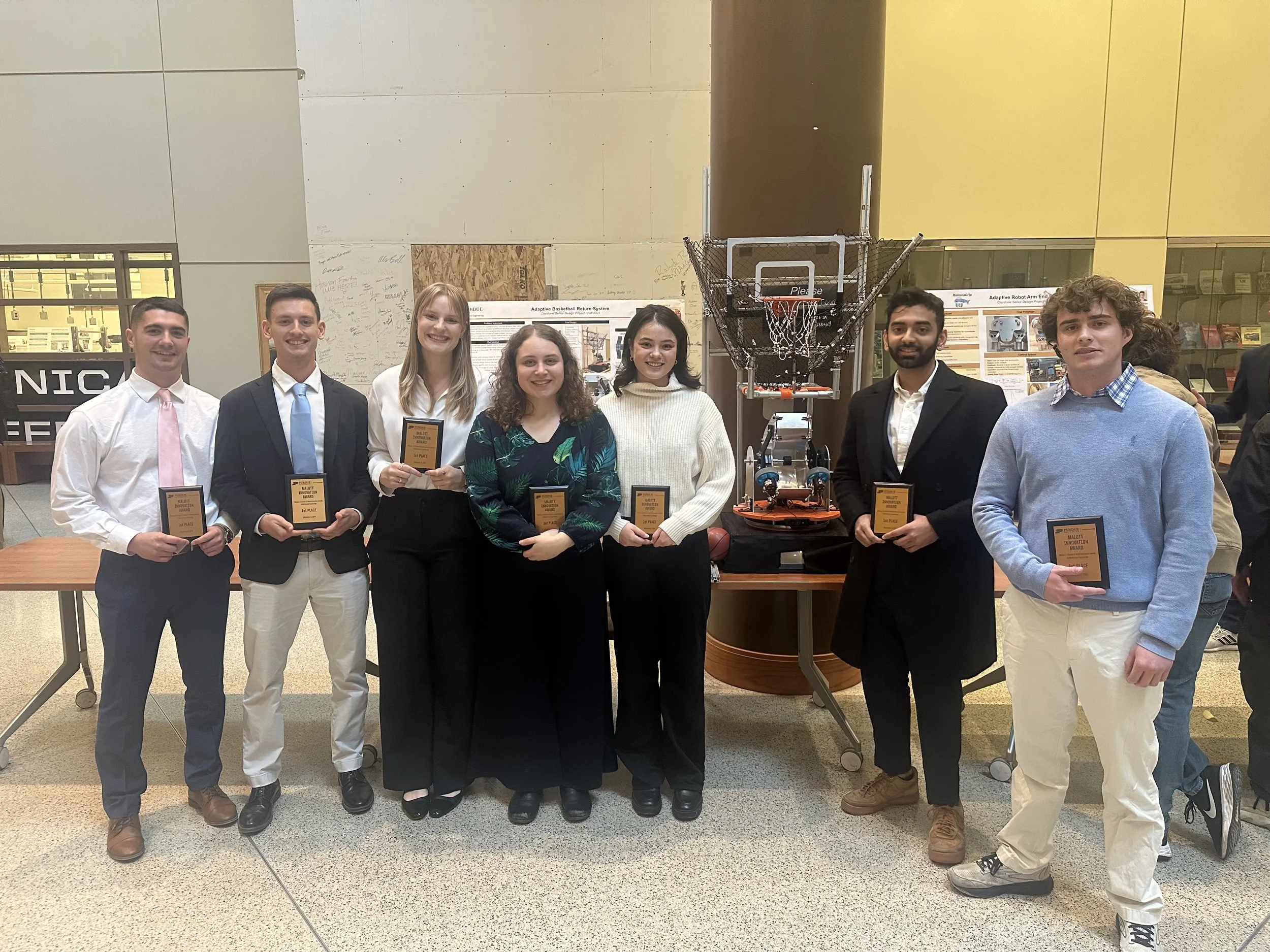"Auto-focusing and auto-exposure method for real-time structured-light 3D imaging" (2025)
/L. Chen, Y. Yang and S. Zhang, “Auto-focusing and auto-exposure method for real-time structured-light 3D imaging,“ Optical Engineering 64(4), 044105 (2025), doi: 10.1117/1.OE.64.4.044105
Abstract
This paper presents a method that automatically adjusts focus setting and exposure time for real-time structured-light three-dimensional (3D) imaging. The proposed method first reconstructs a rough 3D shape using three phase-shifted low-frequency fringe patterns. Then, the camera focal length and corresponding exposures are tuned to focus the measured object with proper exposure from the rough 3D measurement. Experimental results demonstrated the effectiveness of the proposed method for real-time dynamic 3D shape measurements within a depth range of approximately 455 mm to 893 mm.



